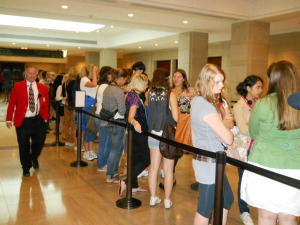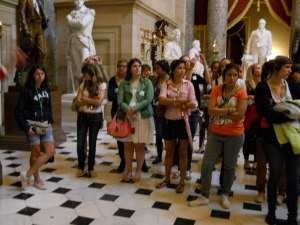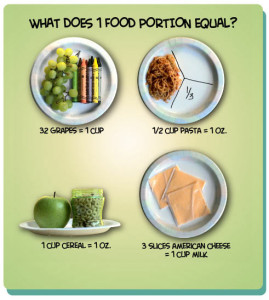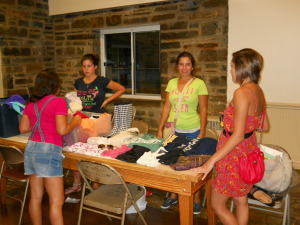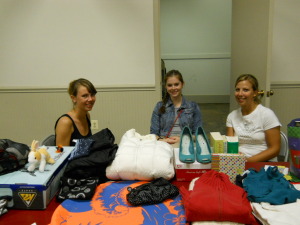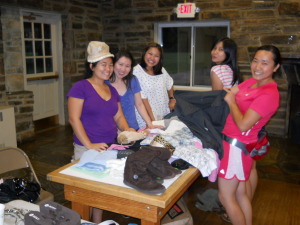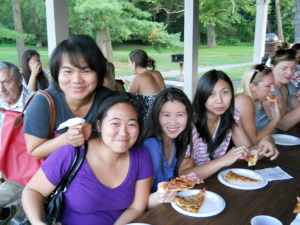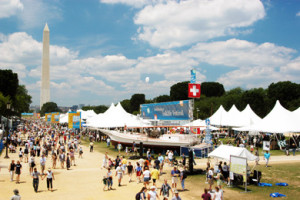Posted by Christine Connally on Sep 29, 2011 No Comments

Two important reasons to make your car a phone-free zone:
- Safety – There is no text message that is worth risking lives.
- It’s the Law – Please read the details below about changes (effective October 1 to the Maryland law to increase enforcement and the penalty (fine & points against your license) for breaking the law.
From Washingtonpost.com:
Sending and reading text messages behind the wheel has been illegal in Maryland for more than a year, but under the existing law, it was a secondary offense. That meant police had to find another reason to pull a driver over in order to issue a texting citation.
The state legislature changed texting to a primary offense this year. Drivers who are using the Global Positioning System function in their mobile devices or who are sending a text message to the emergency 911 system are exempted from prosecution.
Under the new law, those caught texting can be fined $70 and receive one point toward suspension of a driver’s license. But if the action is judged to have caused an accident, the fine increases to $110 and the number of points to three.
Sending and reading text messages while driving is a primary offense in the District and a secondary office in Virginia. It is a primary offense in 30 other states and a secondary offense in Iowa and Nebraska.
The National Highway Traffic Safety Administration reported that 20 percent of crashes that resulted in injury in 2009 involved distracted driving. NHTSA said 995 fatal crashes that year involved cellphone distraction. Sixteen percent of all drivers younger than 20 who were involved in fatal crashes were reported to have been distracted.
———-
In this 90 second video people share stories about how a simple decision to read or send a text message while driving had deadly consequences.
http://www.youtube.com/watch?v=mjc_0JBlRgE&feature=player_embedded
I urge all au pairs and host families to watch this video and discuss. This is one simple decision and commitment that can make us all safer on the roads.

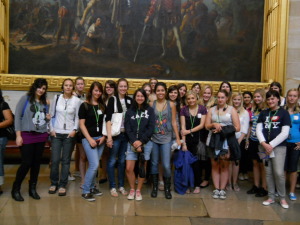 Fifty au pairs from two clusters visited the Capitol on Saturday, August 27, 2011 just before the hurricane. The streets were empty, Union Station also, and very few visitors the Capitol, but au pairs were there!
Fifty au pairs from two clusters visited the Capitol on Saturday, August 27, 2011 just before the hurricane. The streets were empty, Union Station also, and very few visitors the Capitol, but au pairs were there!